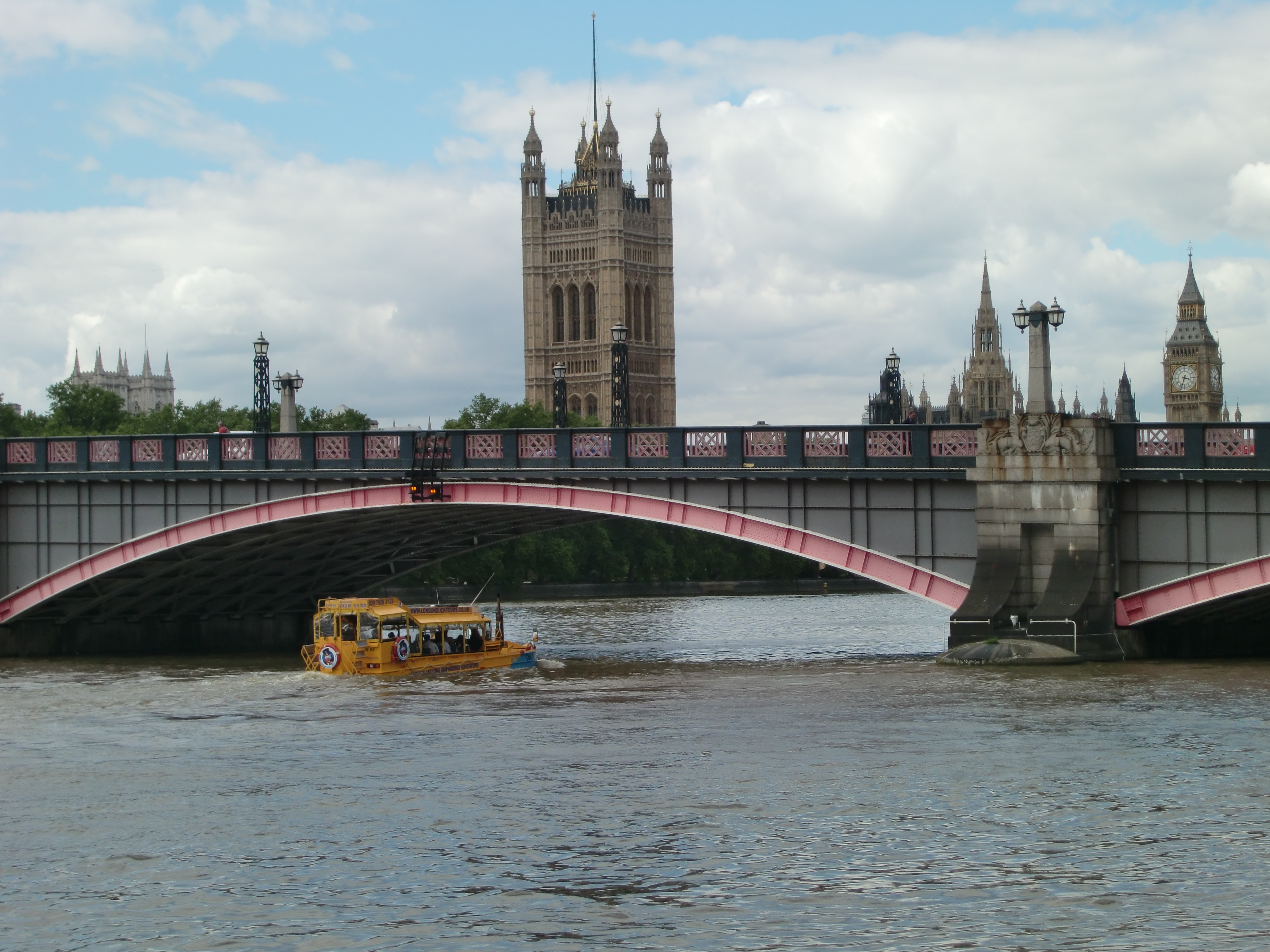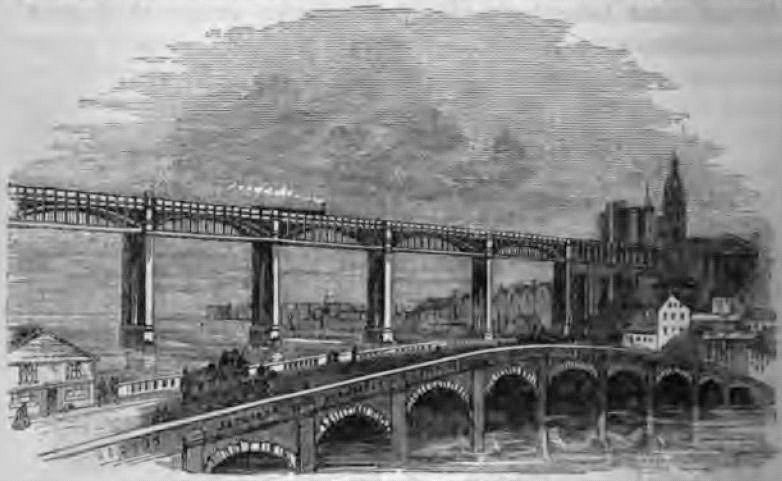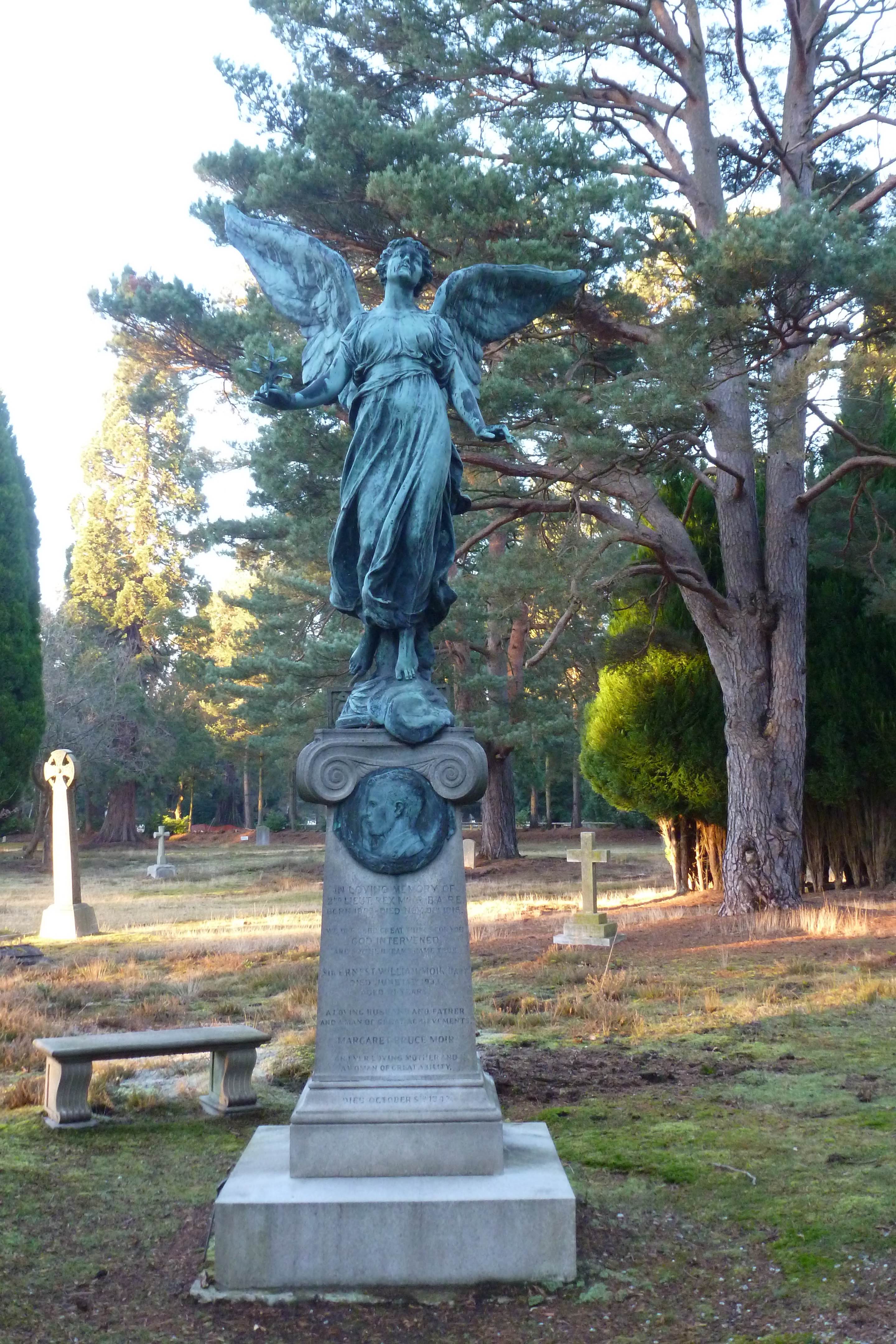|
Dorothy Donaldson Buchanan
] Dorothy Donaldson Buchanan, married name Fleming (8 October 1899 in Dumfriesshire – 13 June 1985 in Somerset) was a Scottish civil engineer, and the first female member of the Institution of Civil Engineers, successfully passing the institution's admission examination in 1927.Catharine M. C. Haines, ''International women in science: a biographical dictionary to 1950''. Early life and education Buchanan was born at Langholm, the youngest of five children of Reverend James Donaldson Buchanan and Marion Vassie. She was educated at Langholm Academy in Langholm, a town where Thomas Telford had worked as a mason before going on to become an eminent civil engineer; this may have been the inspiration for Buchanan to choose to study for a degree in civil engineering from the University of Edinburgh from 1918. At the University, she studied with Charles Glover Barkla, who had been awarded a Nobel Prize in Physics in 1917 and her time overlapped with the first woman in Scotland to grad ... [...More Info...] [...Related Items...] OR: [Wikipedia] [Google] [Baidu] |
Dorothy Buchanan (born 1945), New Zealand composer
{{hndis, Buchanan, Dorothy ...
Dorothy Buchanan can refer to: *Dorothy Donaldson Buchanan (1899–1985), first woman to join the Institution of Civil Engineers *Dorothy Buchanan (composer) Dorothy Quita Buchanan (born 28 September 1945) is a New Zealand composer and teacher. Life Buchanan was born in Christchurch on 28 September 1945, the second of six daughters in a musical family, and was educated at St Mary's College. She gra ... [...More Info...] [...Related Items...] OR: [Wikipedia] [Google] [Baidu] |
Dorman Long
Dorman Long & Co was a UK steel producer, later diversifying into bridge building. It was once listed on the London Stock Exchange. History The company was founded by Arthur Dorman and Albert de Lande Long when they acquired ''West Marsh Iron Works'' in 1875. In the 1920s Dorman Long took over the concerns of Bell Brothers and Bolckow and Vaughan and diversified into the construction of bridges. In 1938 Ellis Hunter took over as Managing Director and he continued to lead the business until 1961. In 1967 Dorman Long was nationalised, along with 13 other British steel-making firms, becoming subsumed into the government-owned British Steel Corporation. In 1982 Redpath Dorman Long, the engineering part of the business, was acquired by Trafalgar House who in 1990 merged it into Cleveland Bridge & Engineering Company in Darlington. Iron and steel Iron-making has been known in Cleveland since the Romans found iron slags in North Yorkshire, with small-scale iron-making known ... [...More Info...] [...Related Items...] OR: [Wikipedia] [Google] [Baidu] |
Parliament Square
Parliament Square is a square at the northwest end of the Palace of Westminster in the City of Westminster in central London. Laid out in the 19th century, it features a large open green area in the centre with trees to its west, and it contains twelve statues of statesmen and other notable individuals. As well as being one of London's main tourist attractions, it is also the place where many demonstrations and protests have been held. The square is overlooked by various official buildings: legislature to the east (in the Houses of Parliament), executive offices to the north (on Whitehall), the judiciary to the west (the Supreme Court), and the church to the south (with Westminster Abbey). Location Buildings looking upon the square include the churches Westminster Abbey and St Margaret's, Westminster, the Middlesex Guildhall which is the seat of the Supreme Court of the United Kingdom, Government Offices Great George Street serving HM Treasury and HM Revenue and Customs, ... [...More Info...] [...Related Items...] OR: [Wikipedia] [Google] [Baidu] |
One Great George Street
One Great George Street (OGGS) is a four-domed grade II listed Edwardian building used as a conference and wedding venue just off Parliament Square in Westminster, London, England. The building is the global headquarters of the Institution of Civil Engineers (ICE); it was originally solely a venue for ICE members to meet informally and for conferences, but became available for public events in 1989. It is near the Houses of Parliament, Westminster Abbey, and St James's Park. Building and history From 1839 until 1913, ICE occupied numbers 24–26 Great George Street. In the mid-1880s the government proposed re-development of the area around Great George Street to provide more office space for government departments. This meant the demolition of ICE's first location and led ICE to move its headquarters across the road to numbers 1–7. One Great George Street was built for the ICE between 1910 and 1913 and was the result of an architectural competition won by James Miller, RS ... [...More Info...] [...Related Items...] OR: [Wikipedia] [Google] [Baidu] |
London
London is the capital and largest city of England and the United Kingdom, with a population of just under 9 million. It stands on the River Thames in south-east England at the head of a estuary down to the North Sea, and has been a major settlement for two millennia. The City of London, its ancient core and financial centre, was founded by the Romans as '' Londinium'' and retains its medieval boundaries.See also: Independent city § National capitals The City of Westminster, to the west of the City of London, has for centuries hosted the national government and parliament. Since the 19th century, the name "London" has also referred to the metropolis around this core, historically split between the counties of Middlesex, Essex, Surrey, Kent, and Hertfordshire, which largely comprises Greater London, governed by the Greater London Authority.The Greater London Authority consists of the Mayor of London and the London Assembly. The London Mayor is distinguished fr ... [...More Info...] [...Related Items...] OR: [Wikipedia] [Google] [Baidu] |
Lambeth Bridge
Lambeth Bridge is a road traffic and footbridge crossing the River Thames in an east–west direction in central London. The river flows north at the crossing point. Downstream, the next bridge is Westminster Bridge; upstream, the next bridge is Vauxhall Bridge. The most conspicuous colour in the bridge's paint scheme is red, the same colour as the leather benches in the House of Lords, which is at the southern end of the Palace of Westminster nearest the bridge. This is in contrast to Westminster Bridge, which is predominantly green, the same colour as the benches in the House of Commons at the northern end of the Houses of Parliament. On the east side, in Lambeth, are Lambeth Palace, the Albert Embankment, St. Thomas' Hospital, and the International Maritime Organization. On the west side, in Westminster, are Thames House (the headquarters of MI5), behind which is Horseferry House (the National Probation Service headquarters), and Clelland House and Abell House (the headquar ... [...More Info...] [...Related Items...] OR: [Wikipedia] [Google] [Baidu] |
Newcastle Upon Tyne
Newcastle upon Tyne ( RP: , ), or simply Newcastle, is a city and metropolitan borough in Tyne and Wear, England. The city is located on the River Tyne's northern bank and forms the largest part of the Tyneside built-up area. Newcastle is also the most populous city of North East England. Newcastle developed around a Roman settlement called Pons Aelius and the settlement later took the name of a castle built in 1080 by William the Conqueror's eldest son, Robert Curthose. Historically, the city’s economy was dependent on its port and in particular, its status as one of the world's largest ship building and repair centres. Today, the city's economy is diverse with major economic output in science, finance, retail, education, tourism, and nightlife. Newcastle is one of the UK Core Cities, as well as part of the Eurocities network. Famous landmarks in Newcastle include the Tyne Bridge; the Swing Bridge; Newcastle Castle; St Thomas’ Church; Grainger Town including G ... [...More Info...] [...Related Items...] OR: [Wikipedia] [Google] [Baidu] |
Tyne Bridge
The Tyne Bridge is a through arch bridge over the River Tyne in North East England, linking Newcastle upon Tyne and Gateshead. The bridge was designed by the engineering firm Mott, Hay and Anderson, who later designed the Forth Road Bridge, and was built by Dorman Long and Co. of Middlesbrough. The bridge was officially opened on 10 October 1928 by King George V and has since become a defining symbol of Tyneside. It is ranked as the tenth tallest structure in Newcastle. History of construction The earliest bridge across the Tyne, Pons Aelius, was built by the Romans on the site of the present Swing Bridge around 122. A series of wooden bridges were lost to fire or flood, and plans for a stone bridge were begun in about 1250 with support from local landowners, and the Bishops of Durham, York and Caithness. The stone bridge was constructed but then damaged by flood in 1339. Repairs proved costly and took place in sections: it was not fully repaired, as a part stone and p ... [...More Info...] [...Related Items...] OR: [Wikipedia] [Google] [Baidu] |
Margaret, Lady Moir
Margaret, Lady Moir, OBE (née Margaret Bruce Pennycook) (10 January 18645 October 1942) was a Scottish lathe operator, engineer, a workers' relief organiser, an employment campaigner, and a founder member of the Women's Engineering Society (WES). She went on to become vice-president and president of WES, and in 1931 president of the Electrical Association for Women (EAW), in which role she gave full expression to her belief that 'the dawn of the all-electric era' was at hand. She had no doubt about the importance of this development in freeing women to pursue careers outside the home: Moir was appointed an OBE in recognition of her work during the First World War in organising the Week End Relief Scheme for women workers and in raising money for the National War Savings Committee. As the wife of the prominent civil engineer Sir Ernest Moir (1862–1933), she described herself as 'an engineer by marriage'. She organised a simplified engineering course for women at several ... [...More Info...] [...Related Items...] OR: [Wikipedia] [Google] [Baidu] |
Ernest William Moir
Sir Ernest William Moir (9 June 1862 – 14 June 1933) was a British civil engineer and the first Moir baronet. He is credited with inventing the first medical airlock while working on the Hudson River Tunnel in New York in 1889. Early life The son of Alexander Mitchell Moir and of Scottish descent, he was born in London and was educated at University College School. At a young age he showed a great interest in mechanics and became expert in mechanical and engineering work while in college. Aged about 15, Moir joined the engineering works of Messrs. Robert Napier and Sons in Glasgow where he served an apprenticeship as a mechanical engineer. He studied engineering at University College London before joining the firm of William Arrol in Glasgow where he started in the drawing office. In his early career he also came into close contact with John Fowler, Benjamin Baker and John Wolfe Barry. Engineering projects Moir was the assistant to James Henry Greathead (1844–96) on th ... [...More Info...] [...Related Items...] OR: [Wikipedia] [Google] [Baidu] |
Northern Ireland
Northern Ireland ( ga, Tuaisceart Éireann ; sco, label= Ulster-Scots, Norlin Airlann) is a part of the United Kingdom, situated in the north-east of the island of Ireland, that is variously described as a country, province or region. Northern Ireland shares an open border to the south and west with the Republic of Ireland. In 2021, its population was 1,903,100, making up about 27% of Ireland's population and about 3% of the UK's population. The Northern Ireland Assembly (colloquially referred to as Stormont after its location), established by the Northern Ireland Act 1998, holds responsibility for a range of devolved policy matters, while other areas are reserved for the UK Government. Northern Ireland cooperates with the Republic of Ireland in several areas. Northern Ireland was created in May 1921, when Ireland was partitioned by the Government of Ireland Act 1920, creating a devolved government for the six northeastern counties. As was intended, Northern Ireland ... [...More Info...] [...Related Items...] OR: [Wikipedia] [Google] [Baidu] |
Silent Valley Reservoir
The Silent Valley Reservoir is a reservoir located in the Mourne Mountains near Kilkeel, County Down in Northern Ireland. It supplies most of the water for County Down, surrounding counties and most of Belfast. It is owned and maintained by Northern Ireland Water Limited (formerly DRD Water Service). The reservoir was built between 1923 and 1933 by a workforce of over 1,000 men, nine of whom died during construction. History In 1891, the Belfast Water Commissioners (BWC and later the Belfast City and District Water Commissioners or BC&DWC) hired Luke Livingston Macassey to investigate options for a source of an additional water supply for the expanding city of Belfast. Macassey selected the Mourne Mountains for the reasons summarised in a 1935 report:The portion of the Mourne Mountains acquired by the Commissioners totals approximately 9,000 acres. It is all mountainland ic uninhabited, and a large part of it is rocky and precipitous. It extends from about 330 feet above sea-lev ... [...More Info...] [...Related Items...] OR: [Wikipedia] [Google] [Baidu] |









